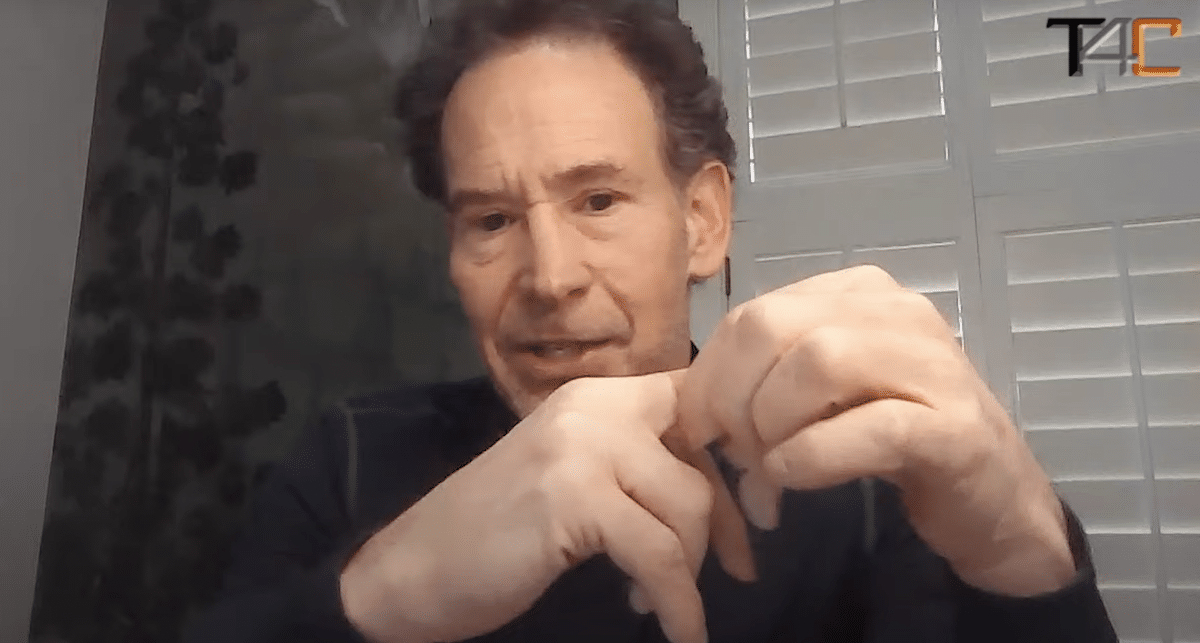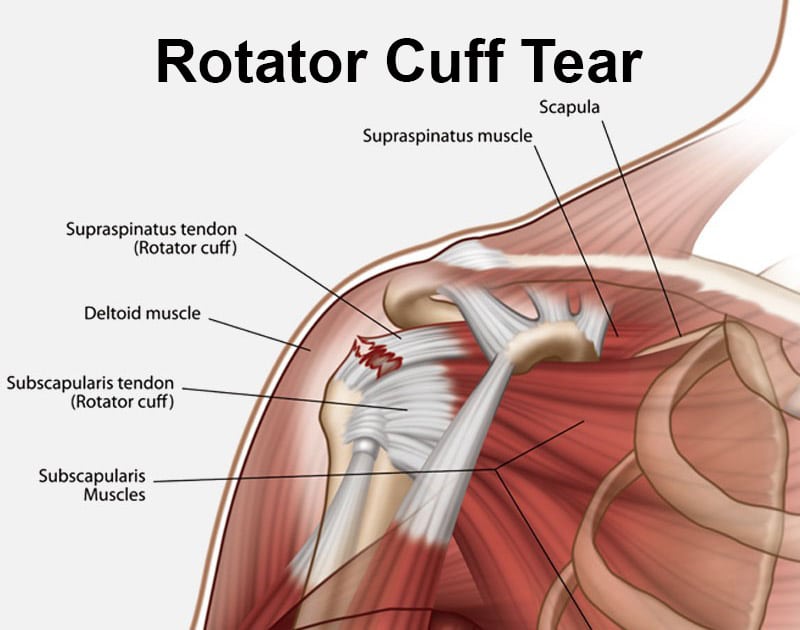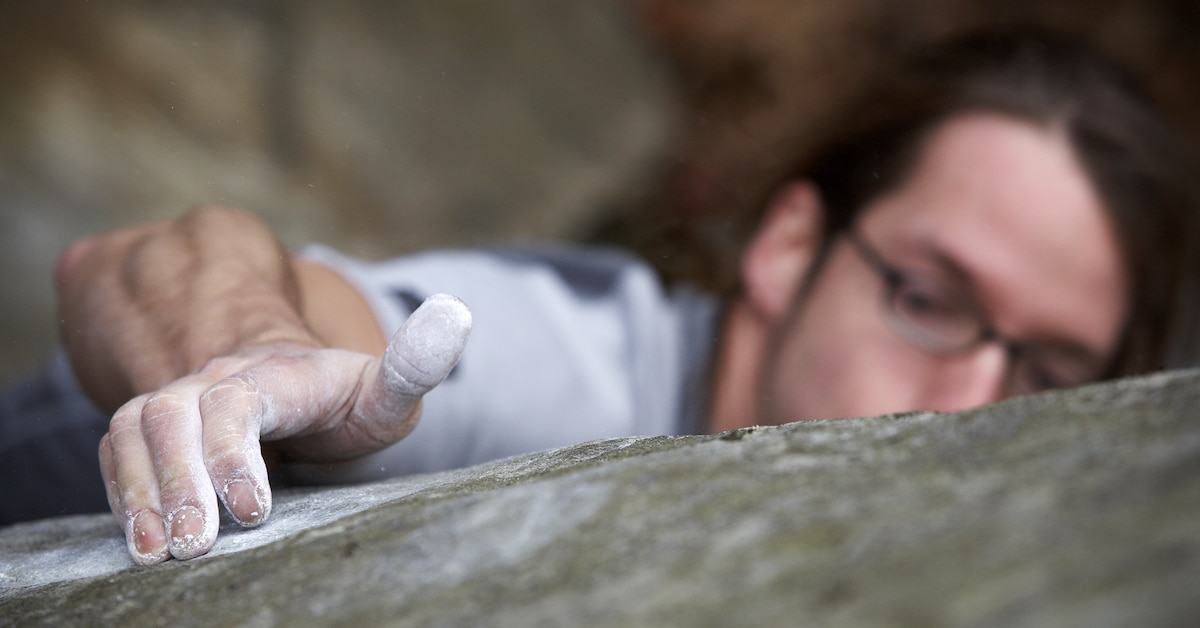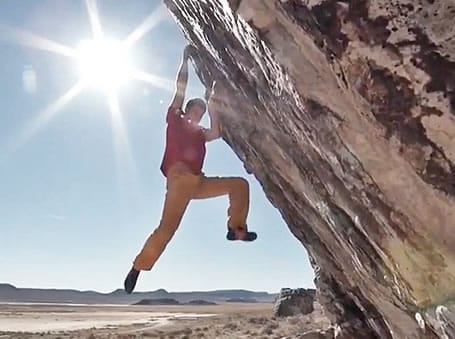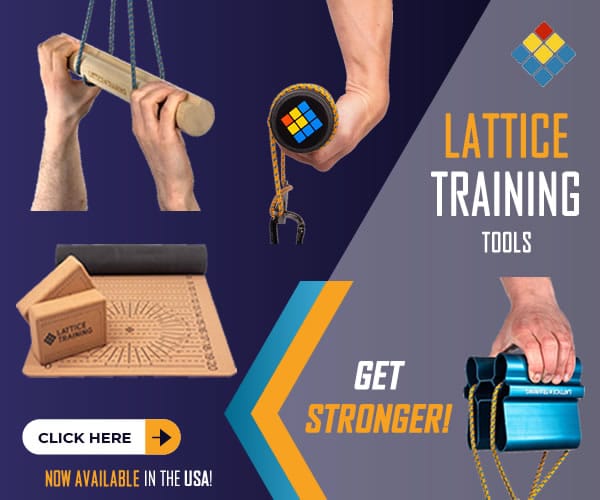After decades of climbing—and countless steep routes, campus moves, and shoulder-intensive sequences—many climbers eventually face the same reality: the shoulders (or elbows or fingers) often give out before the passion does.
For lifelong climbers like Chuck and Maggie Odette, their love for ultra-steep sport climbing put tremendous long-term stress on the very joints that make those powerful moves possible. And like so many aging athletes in our community, both eventually found themselves confronting the injuries they had hoped to outrun.
But injuries don’t have to mark the end of a climbing life. With the right physiotherapist (and perhaps surgeon), a disciplined rehab plan, and a fiercely positive mindset, many climbers return stronger than they ever expected.
Chuck and Maggie’s experiences are powerful proof of what’s possible when commitment meets good medical care—and when you refuse to let injury define your trajectory. Their recoveries weren’t overnight, and they weren’t easy, but they were successful. Today, both are back on the rock, climbing on their own terms, moving forward with renewed gratitude and resilience.
I’m thrilled to share their story—not just because their outcomes are inspiring, but because they offer hope to every climber who fears an injury means their best days are behind them. Supporting passionate, hard-charging (and sometimes achy!) climbers like Chuck and Maggie is exactly why I founded PhysiVāntage Nutrition—to fuel hard training, long climbing lives, and the rehab journeys we all inevitably face.
Whether you’re middle-aged, a master’s athlete, or a lifelong climber with a few battle scars of your own, their journey is a reminder that with patience, discipline, and belief in the process, you can return to high-level climbing. Shoulder surgery isn’t the end of your climbing life… in many cases, it’s the beginning of a better, more intentional chapter.
Chuck & Maggie Odette’s Inspiring Comeback Stories
Chuck (age 69)
After living with chronic pain in my right shoulder for a couple of years, things finally got bad enough that it started messing with my climbing. That was my line in the sand. With the guidance of Dr. Robert Tashjian at the University of Utah Orthopedic Center, I made the call to have a crucial part of my body removed and replaced with titanium and plastic. Once you go down that road, there’s no turning back.
I had a full reverse shoulder replacement. The humeral head was removed, and a titanium stem with a cup on top was driven into the bone. On the other side, a titanium ball mounted on a plate was anchored to the glenoid with four long screws. Screwed, glued, and tattooed. The whole thing took a little over two hours.
I approached the surgery the same way I approach a hard redpoint. I trained with weights, hammered shoulder prehab three or four times a day, and fueled up with extra PhysiVantage Weapons-Grade Whey protein and a double dose of Supercharged Collagen. Every day, I spent time visualizing the procedure from start to finish, always landing on a successful outcome.
Post-op, I kept visualizing. I pictured bone and metal knitting together. I imagined a future where my scrawny right arm rebuilt itself into something strong and reliable again. I knew the road would be long, but I was committed to doing whatever it took to get back to climbing.
Five months later, I’m bouldering in the gym three days a week. On rest days, I’m easing back into weight training, and I’ve kept up my daily collagen and whey protein routine. Life is good. My shoulder doesn’t hurt anymore. My almost-70-year-old body is healing slowly but surely. And honestly, just being alive feels like the real win.
Getting to climb again is the icing on the cake. It’s been my passion for 47 years, and I still can’t think of a better “meaningless” way to spend a life than climbing silly rocks!
Maggie (age 55)
Three weeks after Chuck’s shoulder replacement, I was climbing with a friend in Maple Canyon’s Pipedream. I’d been stymied by the same move for ages, and that day I finally found the beta that worked. After a quick hang, I pulled back onto the roof and set up for the next sequence. I reached into a left-hand undercling above my head with my arm externally rotated. When I moved my feet up and released my right hand, most of my weight slingshotted onto my left arm. I heard a sound like Velcro ripping. Only it wasn’t Velcro. It was me.
I knew immediately I had torn my left biceps tendon. There was no sharp pain, just a heavy, unsettling shift in my arm. Let’s call it a sympathy injury.
As I hiked down from the cave, a handful of climbers told me the same thing: get to an orthopedic specialist immediately because there’s only a short window for repair. Most said seven to ten days. This happened on a Friday. I went to InstaCare the next morning, got a sling, and called the surgeon, Dr. Blake Gillette, first thing Monday. The scheduler told me the soonest appointment was two weeks away. I panicked. She put me on hold to check with Dr. Gillette, and he clarified that the urgent time frame applies to distal (lower) biceps ruptures at the elbow. I had a complete rupture of the proximal (upper) attachment, which gives you a lot more time.
Four weeks later, I had a biceps tenodesis to reattach the tendon. Instead of the tendon running up to the top of my shoulder through the bicipital groove, where it often frays and gets irritated, the new attachment sits lower on the front of my humerus. During surgery, Dr. Gillette also repaired a full-thickness tear in my supraspinatus, shaved down a bone spur on my clavicle, and drilled through a bone cyst to encourage it to heal by allowing marrow to flow into it. The human body is wild.
I count myself lucky that this was an acute injury. I’d spent the winter bouldering in Hueco, so I went into surgery strong, and that foundation made recovery smoother. I did physical therapy once a week and the exercises every day on my own. My mobility came back quickly. What’s been harder is figuring out when to increase resistance. Every time I feel ready to push, I force myself to wait at least one extra week. Tendons don’t care how confident your muscles feel. Patience wins.
I’ve also been timing my Supercharged Collagen intake to line up with training sessions, just trying to give the whole system the best chance to rebuild.
At the four-month mark, I started climbing again by traversing on the kids’ wall at the gym. A week later, I felt comfortable bouldering up to V3. I still eye the harder problems with longing, but I know better than to get ahead of myself. Even on easy climbs, I back off anything that loads the left biceps more than I like. I’ve never dealt with a significant climbing injury before, so I don’t know how my recovery compares to someone younger. What I do know is that this process has forced me to rebuild from the ground up and address the weaknesses I’ve glossed over for years.
Strangely enough, I’m grateful. This injury gave me a reset button I didn’t know I needed.
Copyright © 2000–2025 Eric J. Hörst | All Rights Reserved.



